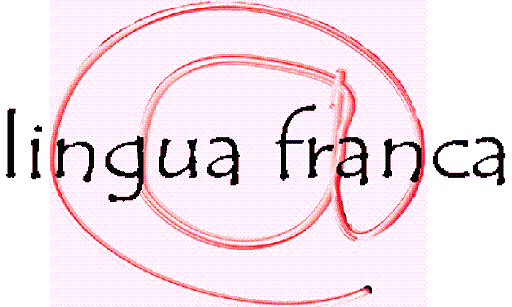It is Time for a Pan-European Cloud Provider
- Bert Brijs
- Apr 6
- 2 min read
Updated: Apr 7
We never thought we would be writing a blogpost like this: where technology and politics come together to give a wake up call to the local European Cloud providers to combine their strength and present a viable alternative for the three US Cloud providers dominating our markets.
It is not about money
From a financial perspective, there are no roadblocks. Local providers like Deutsche Telekom, Fance’s Orange, WIIT in Italy, UK’s Vodafone or the Dutch KPN Telecom have sufficient infrastructure and funds to develop a pan-European Cloud provider. Sharing interconnections, standards, protocols and sales and marketing processes can’t be that hard, can it? They can outperform the big three by maintaining their specific services for their local market. Combining economies of scale and economies of scope may produce the winning combination.
We will never go back to what it was
This is not a plea to exclude the big three from the European market; it is a dire need to provide a viable alternative for them in cases where the utmost stringent requirements for digital sovereignty are in play. Sure, a pan-European Cloud provider may provide a moat against the US’s aggressive enforcement of their extraterritorial laws and gain market share on the three US giants within three to five years.
Some analysts may rebuke this argument by saying that the pan-European Cloud provider cannot have access to the US market because it would become subject to the US Cloud Act and lose its European security certification. In my opinion, this is a non-issue: the pan-EU Cloud provider would only cater to European customers and if they can explain their higher security and privacy standards to non-EU markets other than the US, there may be some opportunities there as well. Sure, the latency for US companies or EU subsidiaries in the US may be prohibitive but right now, a window of opportunity has opened in a EU neighbouring country: Canada. This country borders geographically and mentally to the EU and who knows, Mexico may also want to even a score with the US.
Europe’s best leverage against US unilateralism is to help its own tech firms go global by providing a pan-EU platform to enable flexible startups and while doing so, reducing European reliance on American technology.

Roadmap for a switch
The first candidates for switching are the member states’ government agencies. Providing a lift- and shift function should be the first worry of the newly formed platform. This multi-billion shift in revenue can happen in two years after the inception of the pan-EU Cloud provider.
Don’t expect US subsidiaries to follow suit, but some of them who have big government clients may be nudged towards the Pan-EU provider.
Next are the EU startup companies that need a hyperscaler to obtain a flexible and rapid global reach.
So, dear local providers, dear EU Council, EU Parliament and EU Commission, what is it going to be? Sit on your hands and do nothing or build/assemble your locally dispersed assets and take on the giants?





Comentarios